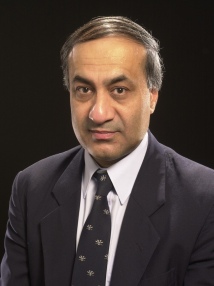BibTex format
@article{Donatien:2018:10.1097/PR9.0000000000000676,
author = {Donatien, P and Anand, U and Yiangou, Y and Sinisi, M and Fox, M and MacQuillan, A and Quick, T and Korchev, YE and Anand, P},
doi = {10.1097/PR9.0000000000000676},
journal = {PAIN Reports},
pages = {e676--e676},
title = {Granulocyte-macrophage colony-stimulating factor receptor expression in clinical pain disorder tissues and role in neuronal sensitization},
url = {http://dx.doi.org/10.1097/PR9.0000000000000676},
volume = {3},
year = {2018}
}

